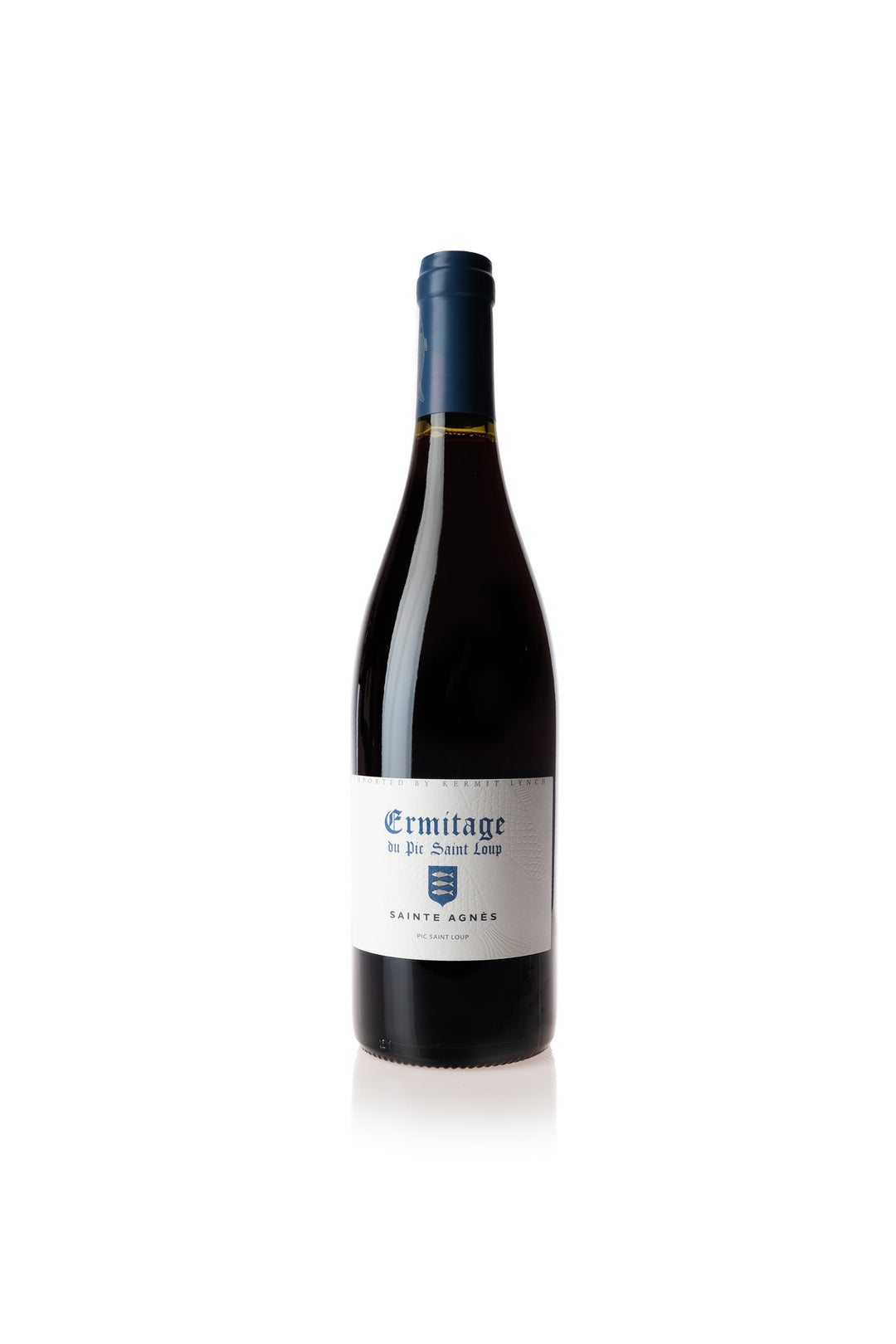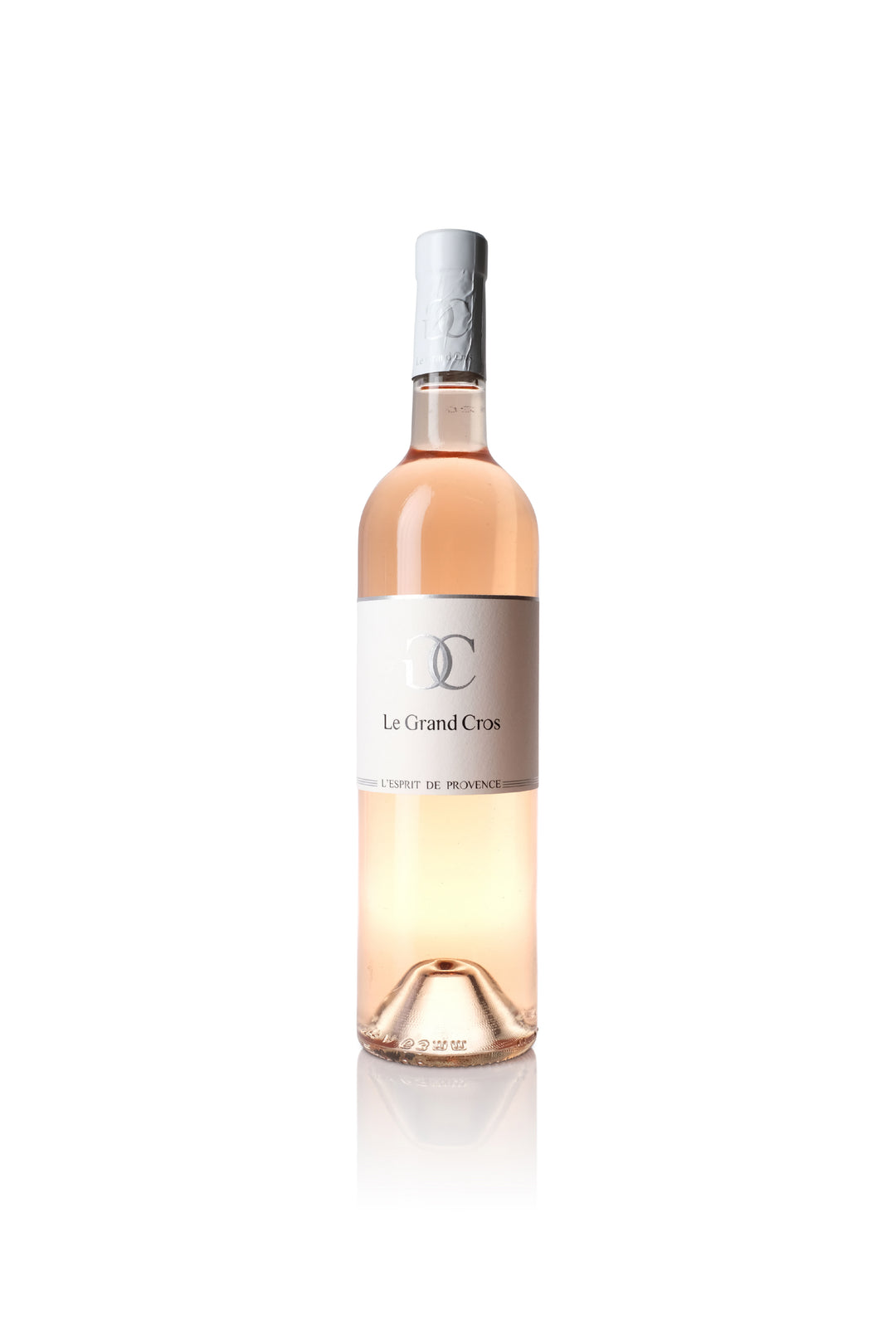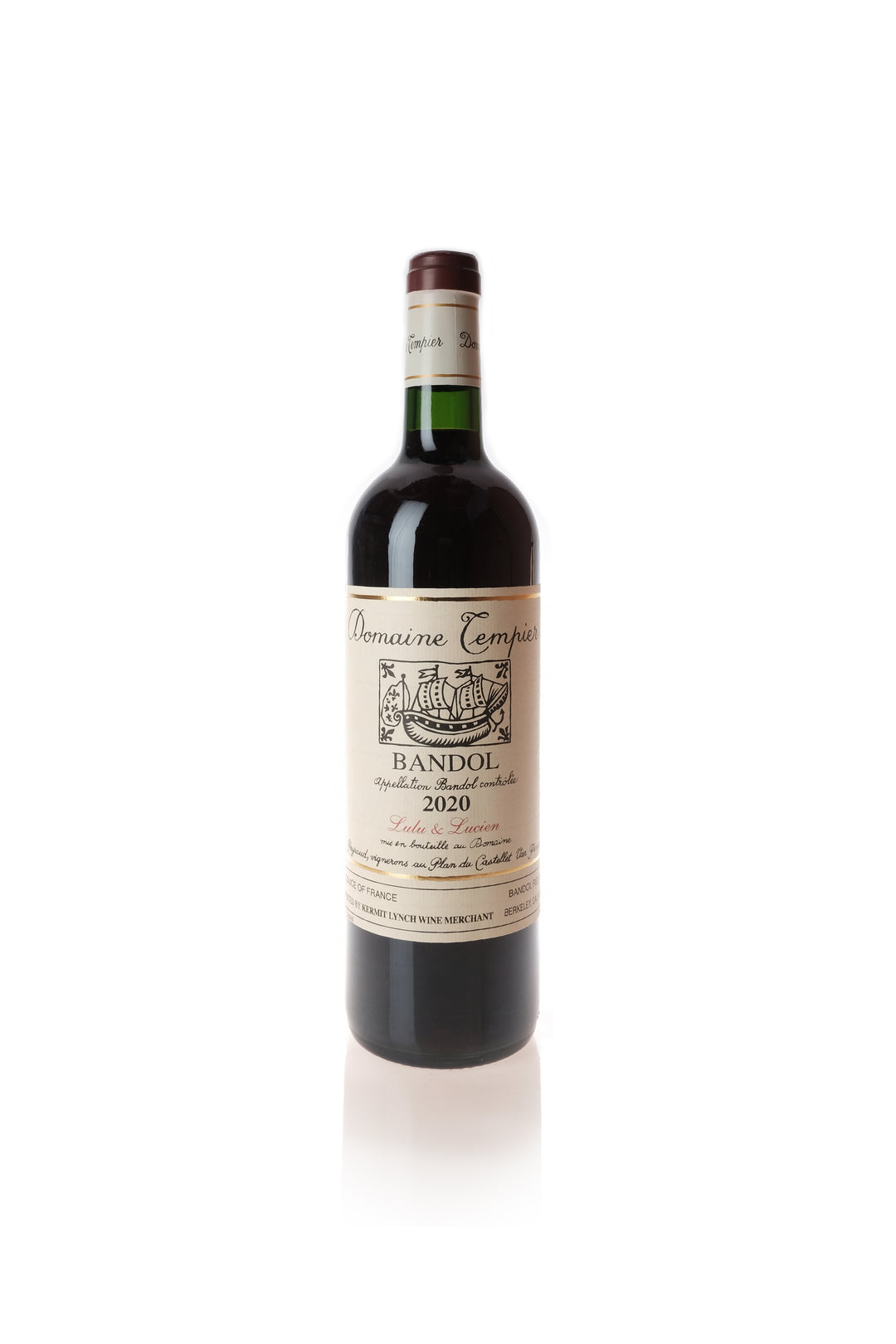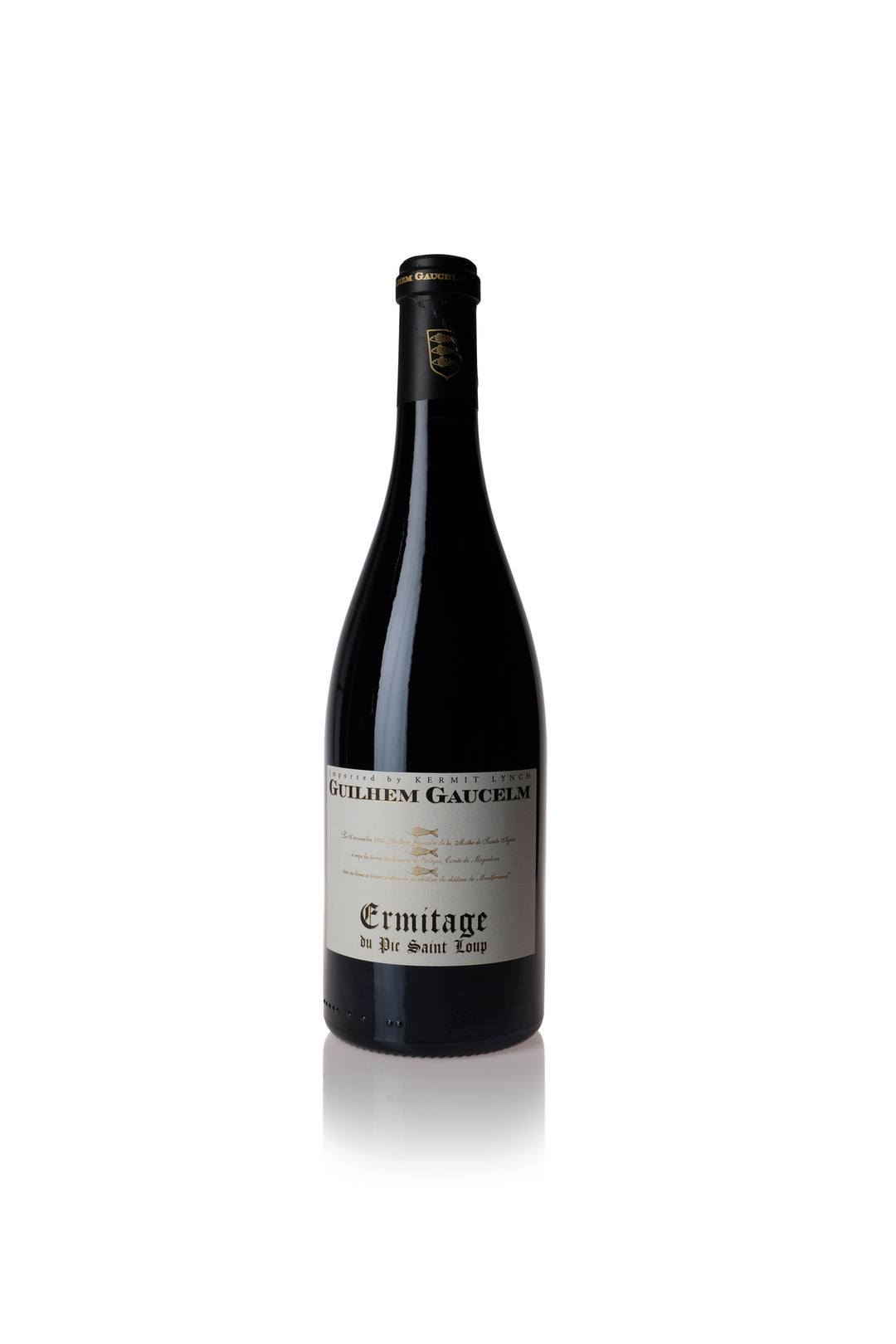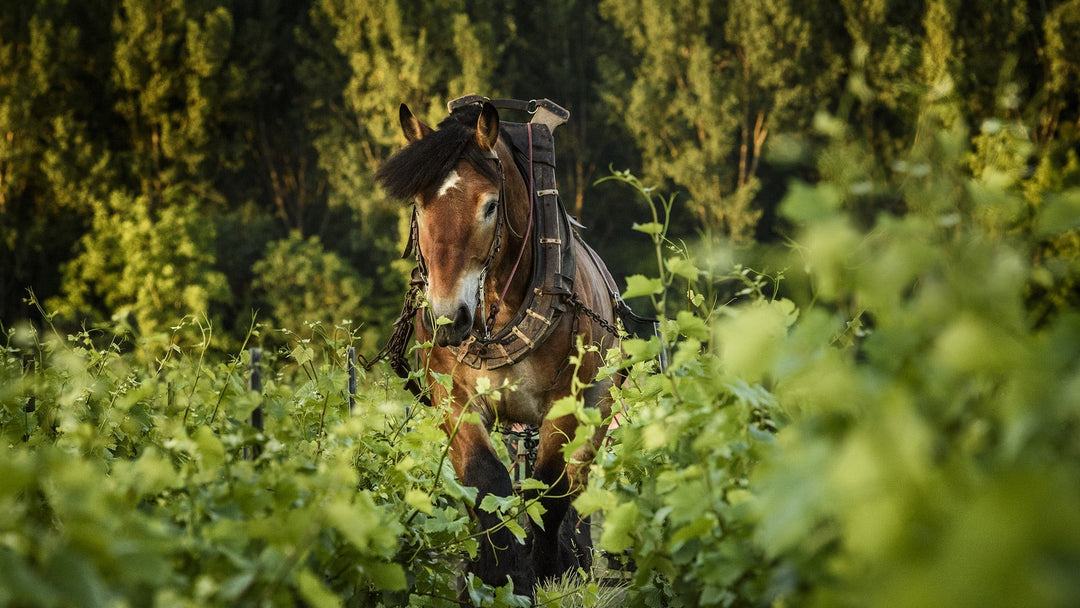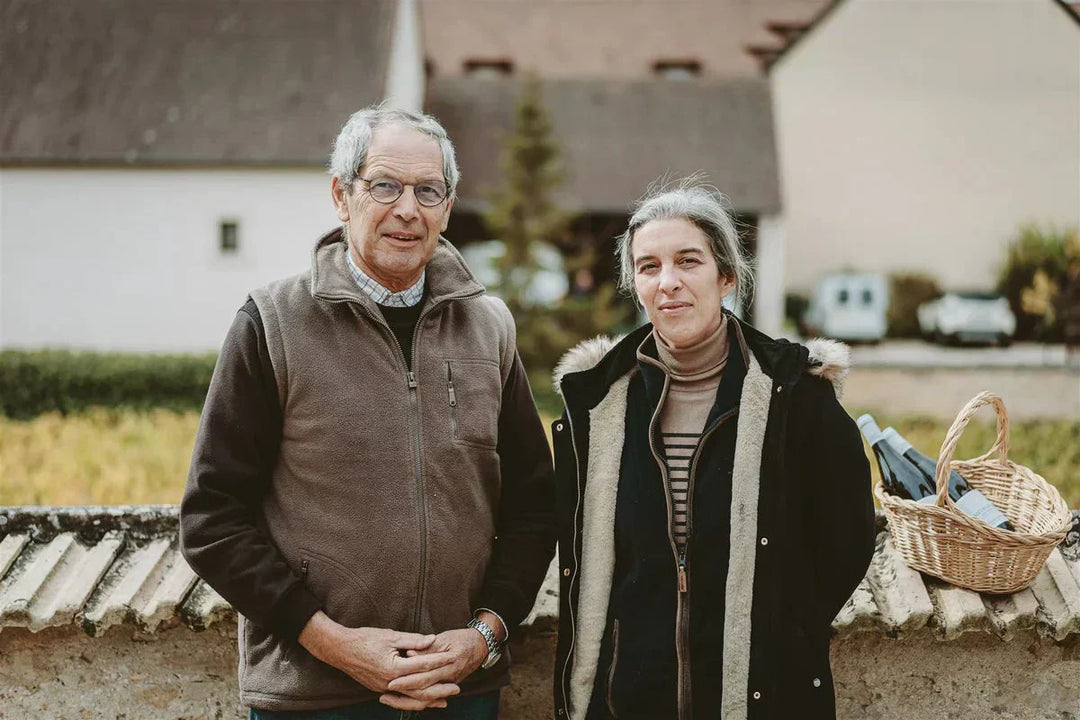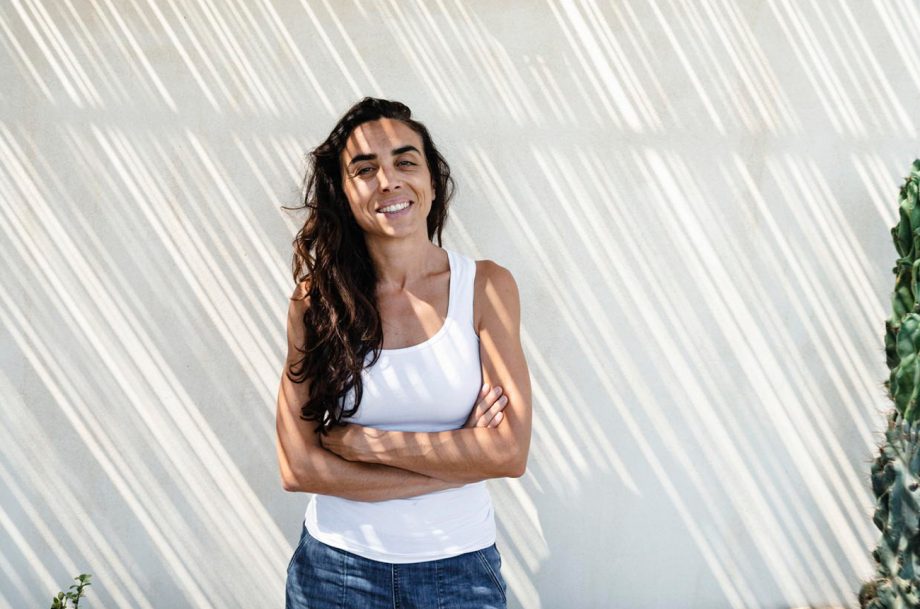A PLUNGE INTO PROVENCE
Wine by default is a beverage, though we find it to be infinitely more. It’s a lifestyle. The Europeans have been incorporating wine into the hum of daily life longer than this country has existed. Wine is a reason to celebrate, relax, and integrate more pleasure with daily moments.
If we dive into the drinking culture of France, wine is consumed daily, and mostly with meals. No place seems to celebrate wine as a lifestyle more than the southern wine growing region of Provence.
Nestled to the east of the regions of Languedoc and the Rhone, and to the west of the Alps, Provence best represents the Mediterranean area of France where it is situated right on the coastline. Though grape vines certainly love to struggle, they thrive here where the warmth of the Mediterranean sun loves anything that grows. The sunshine is complemented by the southerly wind, Le Mistral that blows during the spring and winter, simultaneously cooling down the vines and leaving clear skies in its wake.
When it comes to wine alone, France is best known for places like Bordeaux, Burgundy, and Champagne. But the region of Provence takes this concept all the more further. Provence is a celebration of food and wine belonging together. While France as a whole is known for its cuisine, Provence may as well be the sweetheart of home cooks worldwide. The region relies on its local ingredients which become incorporated into their daily cuisine with olive oil, garlic, seafood, colorful produce, and herbs. Along with the inspiring and intoxicating flavors Mother Nature has to offer, comes a lengthy list of chefs and food writers who found inspiration there.
Ever heard this one?
“What grows together goes together.”
This is an essential, simple formula when it comes to food and wine pairing. It’s difficult to imagine a place globally that embraces this more than Provence.
M.F.K. Fisher is one of those writers that tells of food and cooking through the lens of stories, a writer that we find has drastically impacted the way in which we regard food. She devoted her life’s work to exploring food culture, even being cited as “the first to write about food as a way of understanding the world.” Among her works are several books about the regional cooking of Provence, a region she dove into deeply, perhaps more so than any other American.
In her book With Bold Knife and Fork, she says “…the tapenade, which was first concocted in a famous restaurant in Marseille less than a century ago but tastes as subtly ancient as Time itself can taste.” Tapenade combines all the classic flavors of Provence into a spread that goes perfectly on grilled bread: savory olives, briny capers and anchovies, tuna, fresh herbs, olive oil and often, a kick of heat from Dijon mustard. These are the flavors of Provence.
When discussing the wine and food of Provence, it would not do the region justice without honoring the legend of Lulu Peyraud, the matriarch of Domaine Tempier, the hostess of Provence. Lulu and her husband, Lucien, worked with other local vignerons to bring the subregion of Bandol into the limelight; it became its own appellation in 1941. Though Lulu passed away in 2020 at the age of 102, the legendary reputation of Domaine Tempier is firmly rooted as one of the most famous rosé producers in the world. Lulu’s knack for preparing soulful meals made in her rustic kitchen preside in the memories of those she gleefully cooked for. She took hold of every element of the garden of Provence, cooking her way through meal after meal, filling the bellies of all people who visit her domain in Bandol. She never had a plan when she went to the market; it was always the food that spoke to her first. Her cooking centered around the weather, what was in season, and the ingredients.
Perhaps her most famous dish she prepared was ratatouille. Like many of the dishes of Provence, the quality of the ingredients are essential. Peppers, eggplant, tomatoes, summer squash, and sweet onions are the main ingredients here. Though seemingly simple enough, each ingredient is cooked separately, each one in a different way. They come together with garlic, olive oil, and plenty of fresh herbs. When this dish is done correctly, it sings of summer gardens and Provencal sunshine. We love cooking the recipes from one of our favorite cookbooks of all time: Lulu’s Provencal Table by Richard Olney.
Lulu may have been the cook and hospitalian at Domaine Tempier, though the wines were what made both this estate and Bandol as a wine region famous. Tempier makes the classic wines of Bandol, home to both red and rosé made from the Mourvedre variety that thrive on the sunny Mediterranean coast. The white wines are savory and textured, just begging for seafood. “Domaine Tempier wines are gutsy, sunbaked, meant for partying,” says importer Kermit Lynch, who had a lengthy friendship with the Peyraud family. Tempier is best known for their rosé, though the reds are some of the best in Provence.
Provence is a garden of colors, whether it be its famous coral-hued rosé, its lavender fields, its Eden of seasonal produce, its rainbow of coastal fishing villages like Marseilles and Nice. More than writers and cooks find inspiration here. Painters have sought refuge in natural colors you can find all over this region. Paul Cezanne found inspiration in still life paintings of fruit and landscapes of the countryside. Vincent Van Gough made large brush stroke movements when he painted everything surrounding him from sunflowers and olive groves to haystacks and sailboats, without forgetting of course, Starry Night. The hues of Provence are intense and saturated.
To fully understand Provence, one must step outside the vineyards and the kitchen, the place of importance being a dusty court with a perimeter around the outside. Here in the states, you’d play a game called “bocce” on this court, sometimes known as “lawn bowling,” though the French call it “petanque.” It’s been called one removed from horseshoes, twice removed from darts. While the true game piece is the ball you use to hit the other ball, the second game piece is a drink in your hand. You could choose from two—the anise-forward aperitif known as pastis or the local rosé; there are no other choices. To say that wine and food are a classic pairing is true, though petanque and a beverage in hand is a close runner up.
Speaking of wine, there may not be another place in the world where winemakers feel as inspired by a rosé than this place. The grape variety Mourvedre thrives here in the Mediterranean sun, the winds, and the clay limestone soils found here. That variety is the foundation for the dry wines of pale coral that are drunk everyday with the local cuisine. These rosés stand on their own as a pairing for food more so than likely any other in the world.
Could you tell we’re in love with this region? The most wonderful part about this place is how loved the cuisine is, how often the wines inspire winemakers to make their own “provencal” style, and how striking the lifestyle of this place is to all who perceive it.
Our ode to the love we have for Lulu Peyraud of Domaine Tempier
1970-2020
She brought inspiration to a multitude of cooks and winemakers alike and a lasting legacy of inimitable wine to our world. For this, we raise a glass of rosé to Lulu (with ice cubes in it because that’s how she’d drink it!) Even up until her death, she’d reach for a glass of wine instead of water—“I don’t want to rust.”
Below are bottles to offer who took inspiration from the style and legacy of the Domaine Tempier. Others listed are in proximity in both location and style to Tempier, as the quality of their wines brought further attention to the wines of the south of France.
Railsback Freres
There’s no beating around the bush with the intention of many of the wines made by Railsback Freres. The ‘Les Rascasses’ rose is a direct ode to the wine of Domaine Tempier. Their general inspiration comes from the varieties found in the south of France; their inspiration is Mediterranean to the core.
Nicolas Gonin
While working at Domaine Tempier, Nicolas Gonin discovered a book outlining the ancient grape varieties of France, some of them lost grapes. This greatly inspired his project in the Savoie region where he has become known as the “patron saint of orphan grapes.”
Domaine de Terrebrune
Following the founding of the appellation of Bandol in 1941—directly tied to the efforts of Domaine Tempier—Georges Delille began Domaine Terrebrune. In fact, Lucien Peyraud inspired Georges to make efforts in restoring his vineyards versus uprooting and planting anew. Terrebrune is known for its “Burgundian Bandol.”
Chateau Simone
Situated in the miniscule appellation of Palette, a short drive from Bandol, is Chateau Simone. Domaine Tempier paved the way for many small wineries in the south of France. Gradually the world has taken notice of the incredible southern French wines that deserve to be in the same conversations as Bordeaux and Burgundy.
Ermitage du Pic Saint Loup
Pic-Saint-Loup is very new to the scene in the realm of French appellations. While this region has been growing vines over 1000 years, the newly classified appellation brings attention to the quality wines in the south of France that are simply flying under the radar.
Domaine du Bagnol
One of the first AOCs (aka, French appellations) put on the map was Cassis. It was established in 1936, the same year the AOC system was put into place. Cassis is right on the coast line, sandwiched between Palette and Bandol. The appellation brought notoriety to Provence due to its longstanding history of vine growing.
by Brittany Marsh - the Cru - HART & CRU




